Reviewed by Julianne Ngirngir
Your iPhone might be getting a major wireless charging upgrade sooner than you think. Having tested every major wireless charger since MagSafe launched, I can tell you that the landscape is rapidly evolving. With Qi 2.2 now official and Apple's charging infrastructure advancing quickly, we're looking at a future where 25W wireless charging becomes the new normal—and your charging pad might finally rival your Lightning cable for speed.
The Wireless Power Consortium launched Qi v2.2.1, branded as Qi2 25W, in July 2025, promising to charge a smartphone battery from 0 to 50% in about 30 minutes. That's a game-changer when you consider that current Qi2 maxes out at 15W for most devices. Meanwhile, regulatory filings suggest the iPhone 17 series may be the first Apple devices to fully embrace this faster standard.
What makes Qi 2.2 different from what you're using now
Here's the thing: if you're charging wirelessly today, you're probably getting 15W max—and that's if you have a newer iPhone with Qi2 support. The current iPhone 16 lineup already pushes beyond this limitation with MagSafe charging at 25W, but only with Apple's own certified chargers and a 30W adapter. In my testing, this setup can fully charge an iPhone 16 Pro in 71 minutes—dramatically faster than the 2 hours needed by the iPhone 15 Pro.
Qi 2.2 changes the game by bringing that 25W speed to third-party chargers. MacRumors reports that regulatory filings reveal two new MagSafe charger models supporting the standard, with improved magnetic alignment and charging efficiency compared to current Qi2. The Wireless Power Consortium notes that while Qi2 eventually aimed for improved charging speeds, most devices currently charge at just 15W—except for the iPhone 16 series with its MagSafe advantage.
Think of it as leveling the playing field between Apple's proprietary MagSafe and the universal Qi standard. Companies like Ugreen have already announced MagFlow power banks as the first globally certified Qi 2.2 products, set to hit US, European, and Southeast Asian markets in Q3 2025. This means premium charging performance at potentially more competitive prices.
Panasonic's innovative APP technology demonstrates how precision alignment can achieve 15W charging with accuracy comparable to magnetic systems, even without permanent magnets. Their proprietary algorithm automatically detects and aligns device coils for highly efficient charging, showing that the industry is rapidly solving alignment challenges across different approaches.
Why perfect alignment actually matters for your battery
Sound familiar? You've probably experienced that frustrating dance of trying to find the "sweet spot" on older wireless chargers. Qi 2.2's magnetic alignment technology solves this forever, but the benefits go way deeper than convenience—they extend your battery's lifespan.
iFixit's comprehensive testing reveals the shocking cost of misalignment. When they tested an Amazon Basics charger with poor alignment, it consumed 57.93Wh per day compared to 18.25Wh for wired charging—that's 104.2% more energy wasted. More critically for your device, the misaligned setup kept battery temperatures above 40°C for most of the charge cycle.
Perfect alignment isn't just about speed—it's about preserving your investment. Research confirms that wireless charging generates 5–10°C more heat than wired charging, stressing battery cells and potentially reducing the 300-500 charge cycles your lithium-ion battery is rated for. But with proper alignment and thermal management, this temperature differential drops significantly.
The magnetic system in Qi 2.2 ensures optimal coil positioning every time, maximizing efficiency while minimizing the heat buildup that can degrade your battery over months and years of use. It's the difference between your iPhone maintaining strong battery health for three years versus starting to show charging issues after 18 months.
What this means for your next iPhone purchase
Let's break it down: if you're eyeballing the iPhone 17, the timing might be perfect. While current iPhone 16 models already deliver impressive performance—with the Pro models supporting 45W wired charging and 25W MagSafe wireless—the real story is ecosystem expansion.
Leaked information suggests the iPhone 17 series will support third-party 25W wireless chargers through Qi 2.2 compatibility. This means you'll get flagship charging speeds without being locked into Apple's accessory pricing—a situation that benefits everyone's wallet.
There's also intriguing potential for reverse wireless charging. MacRumors reports that Apple is testing a 7.5W wireless reverse charging feature for iPhone 17 Pro models, which could charge AirPods, Apple Watch, or other accessories. While iPhone 15 and later models already reverse charge via USB-C at up to 4.5 watts, wireless reverse charging would eliminate the need for cables entirely.
The growing ecosystem makes this transition compelling. Samsung's 2025 phones will include Qi2 support, and Google has committed to increasing Qi2 adoption among Android devices. This broader compatibility means your charging accessories will work across more devices—a practical advantage whether you're in a mixed-platform household or frequently help friends with dead batteries.
Where we go from here: the practical stuff
Cool, but what does this actually mean for your daily routine and wallet? First, 14 Qi2 25W products are already certified, including 3-in-1 chargers, power banks, and car mounts from Anker, Aukey, Baseus, Belkin, Ugreen, and Scosche. These should be hitting shelves throughout 2025, bringing premium charging performance to competitive price points.
PRO TIP: If you're buying a wireless charger now, look for Qi2 certification. It's backward compatible with older devices but future-proofs you for faster charging speeds. Belkin's testing confirms that Qi2 chargers can charge MagSafe iPhones at 15W, matching Apple's own MagSafe performance at potentially lower prices.
For real-world usage, the improvements extend beyond raw speed. Better thermal management means you can safely charge overnight without worrying about heat damage, and the magnetic alignment eliminates the morning frustration of finding your phone didn't charge because it shifted during the night.
For battery longevity, keeping your battery between 30–80% remains the golden rule regardless of charging method. The improved thermal management in Qi 2.2 makes this strategy even more effective, as lower heat generation during each charging session compounds into significantly better battery health over years of use.
Timeline guidance: If you're using an iPhone 14 or newer and happy with current charging speeds, your existing setup will serve you well for another year. But if you're planning an upgrade anyway, waiting for iPhone 17 could get you into the next generation of wireless charging infrastructure from day one.
Bottom line: Qi 2.2 isn't revolutionary, but it's evolutionary in all the right ways—faster, more efficient, and finally bringing third-party chargers up to Apple's performance standards. Whether you wait for the iPhone 17 or upgrade your charging setup now, the wireless charging game is about to get a lot more interesting.





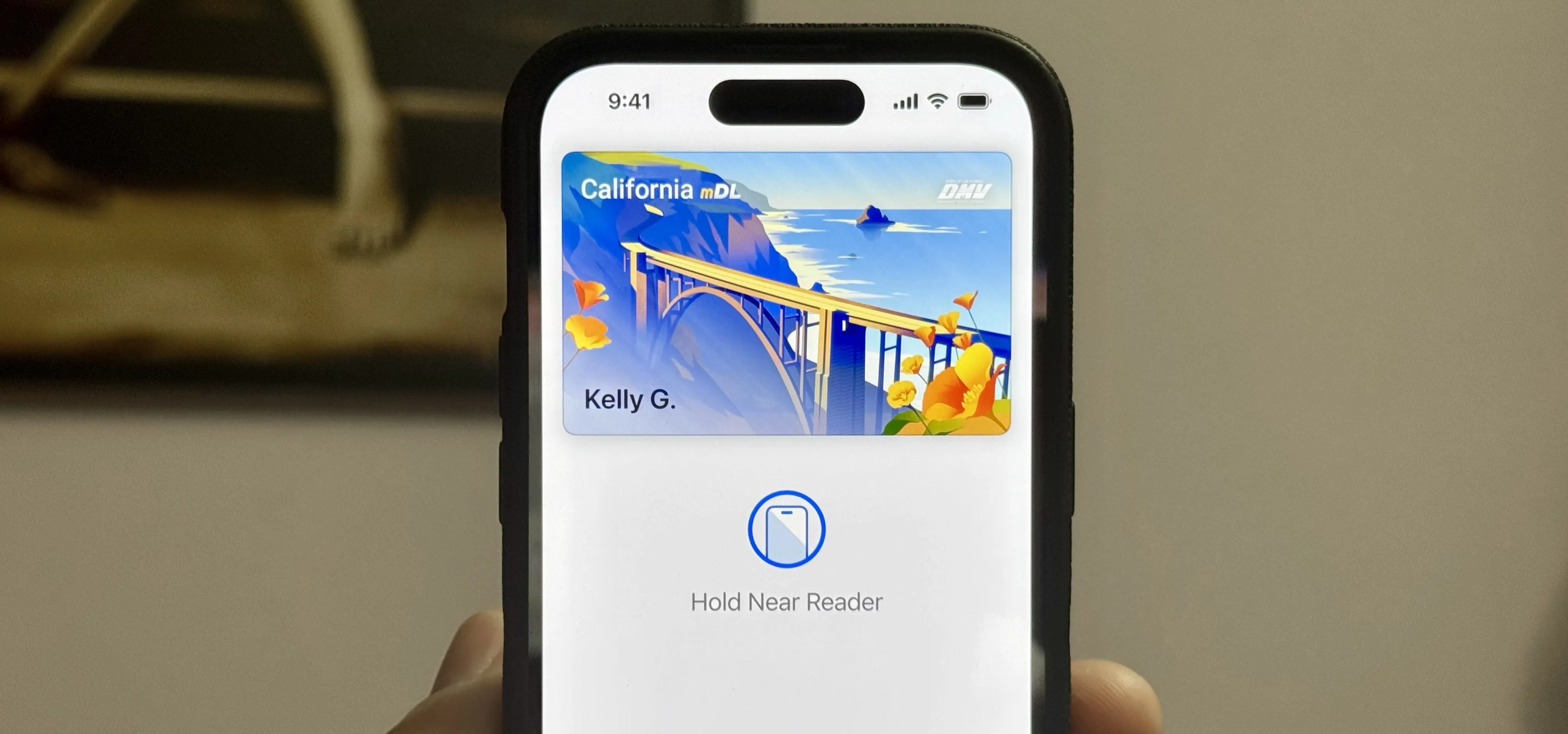
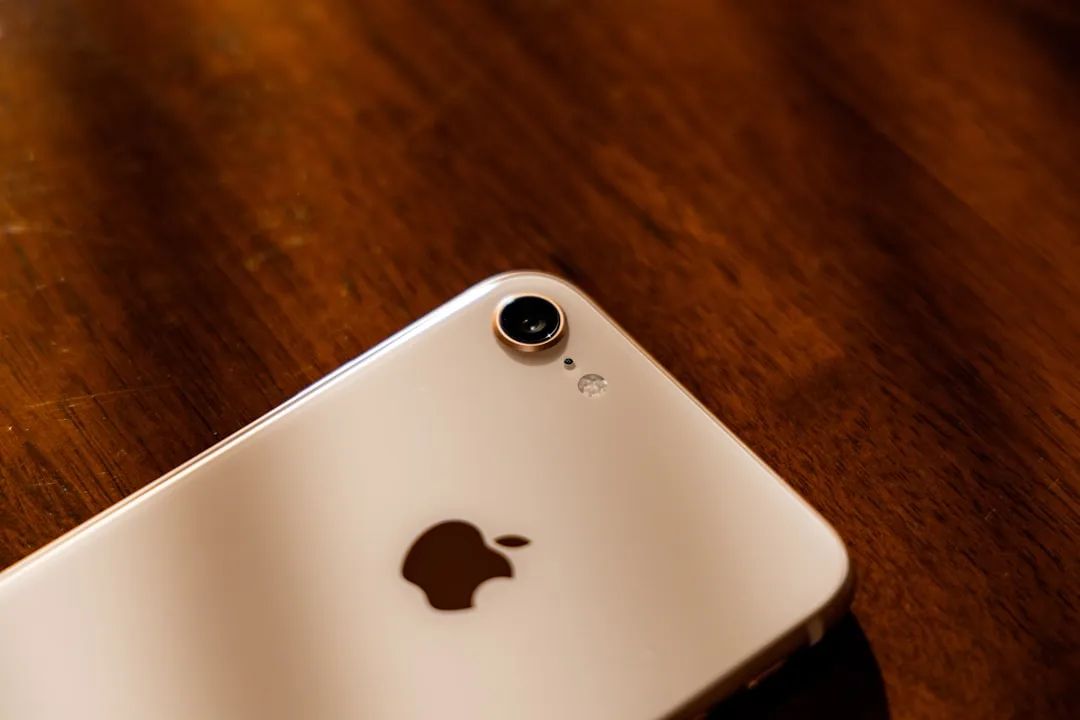
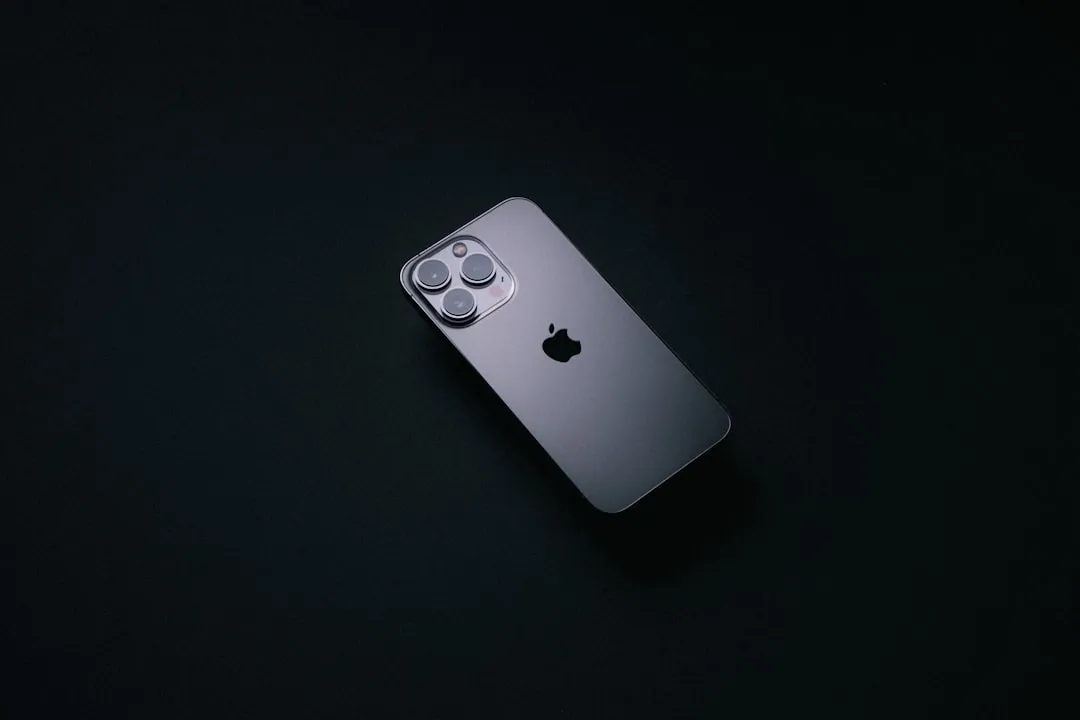
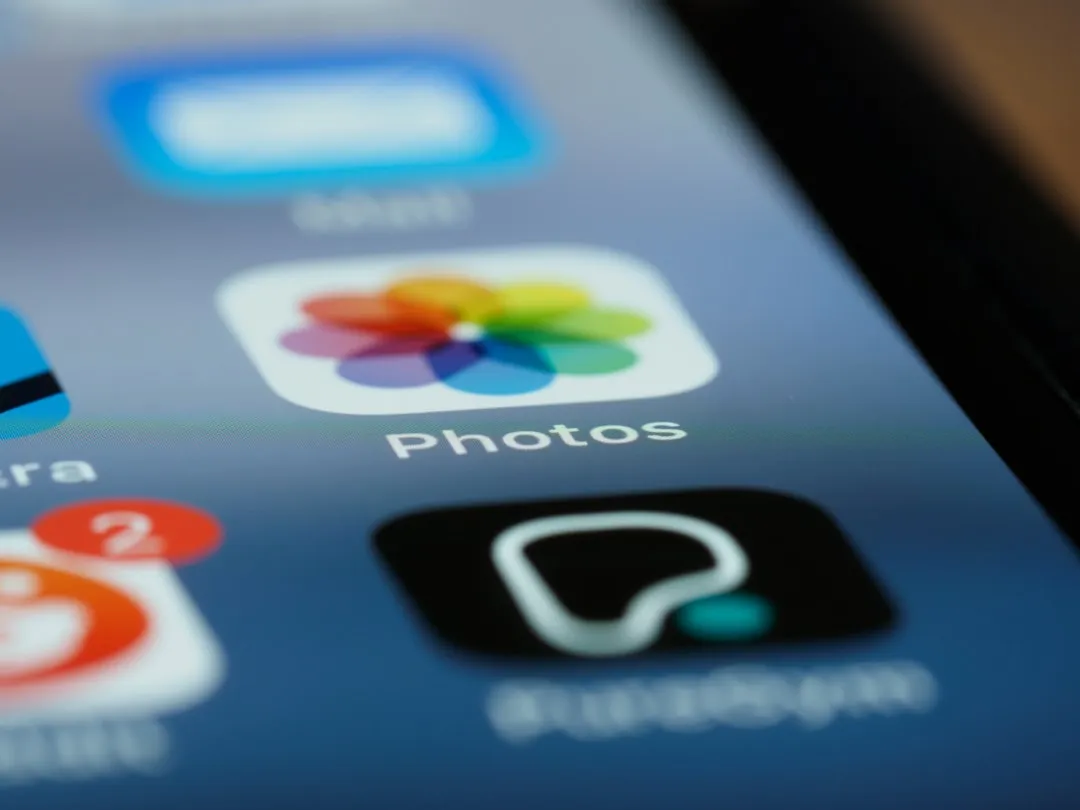
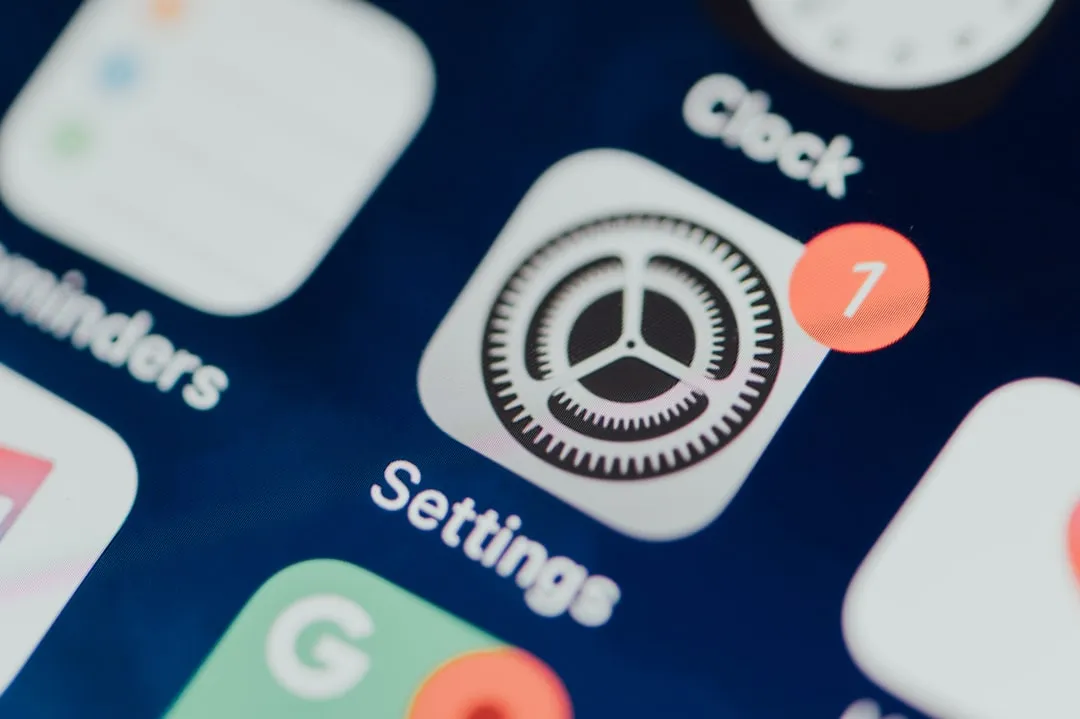
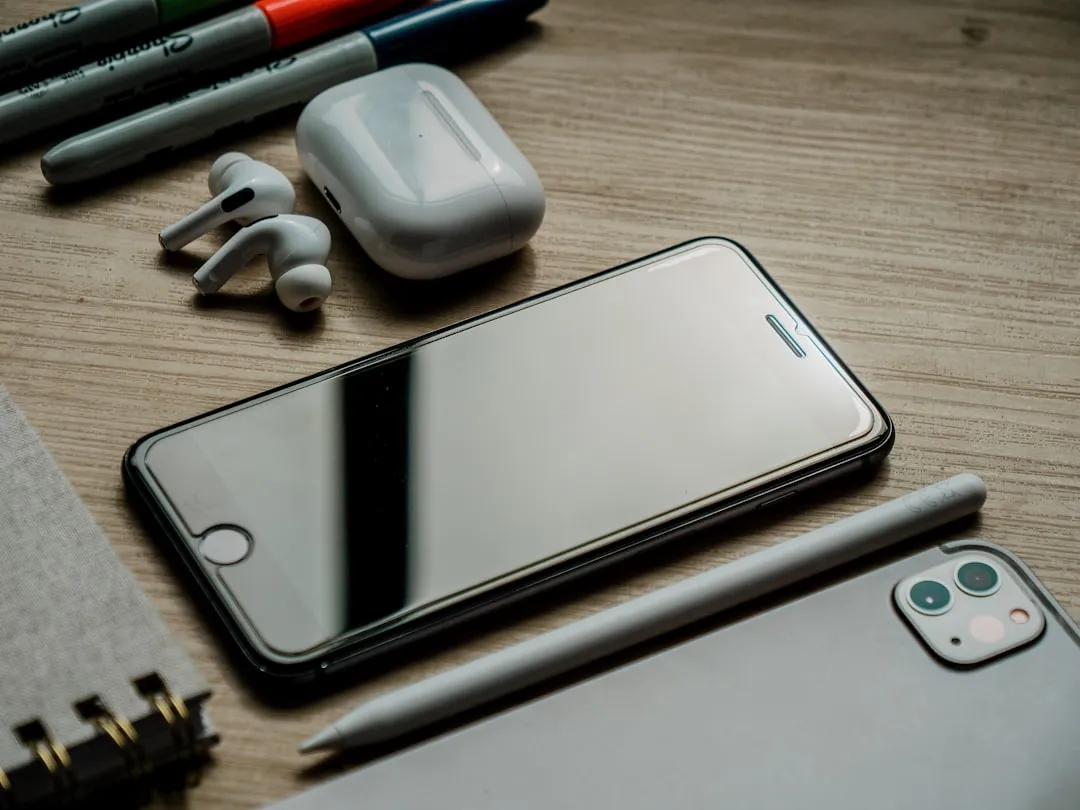

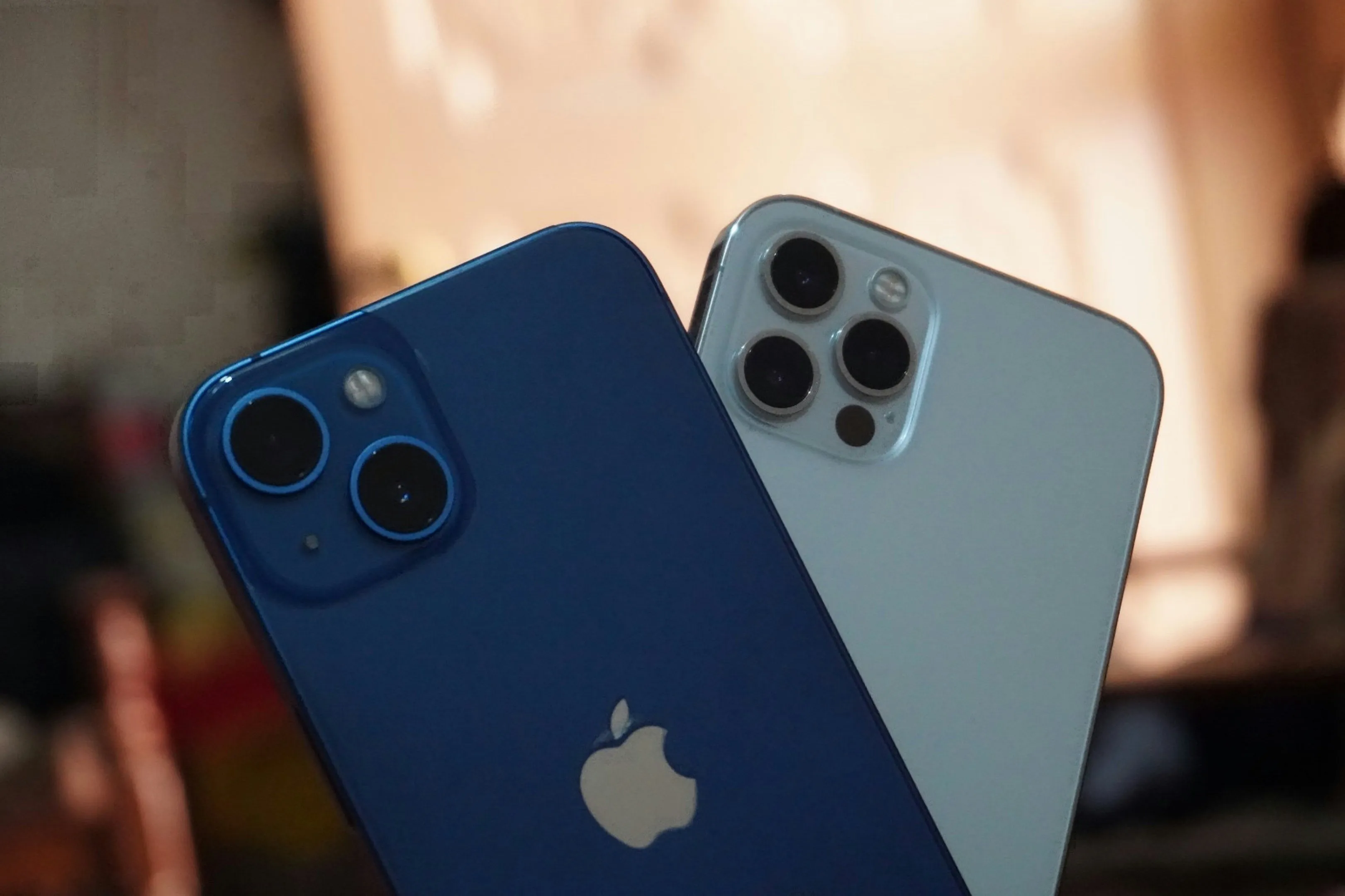

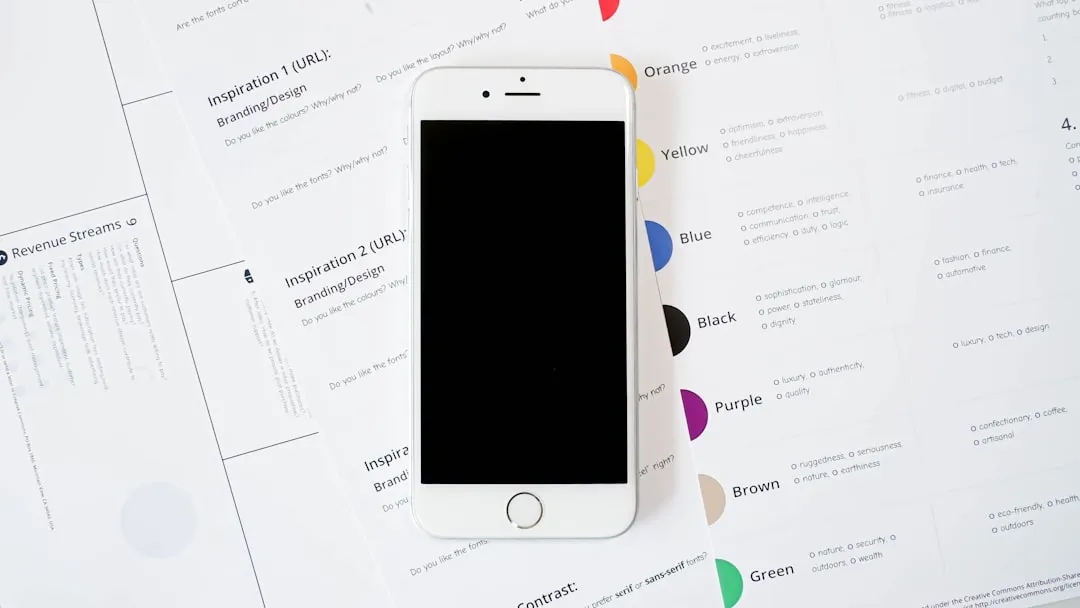
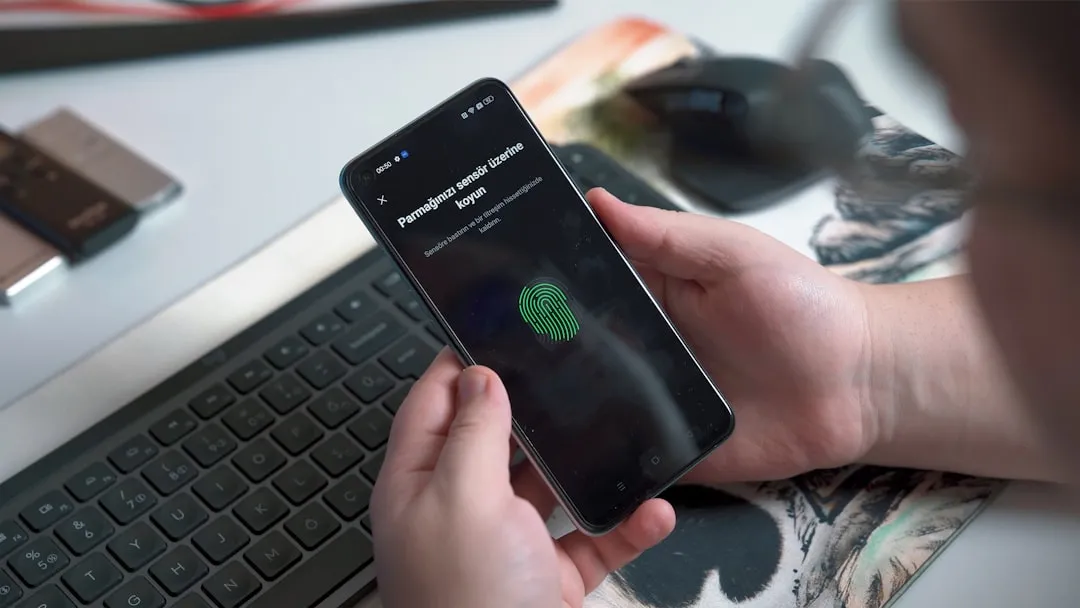
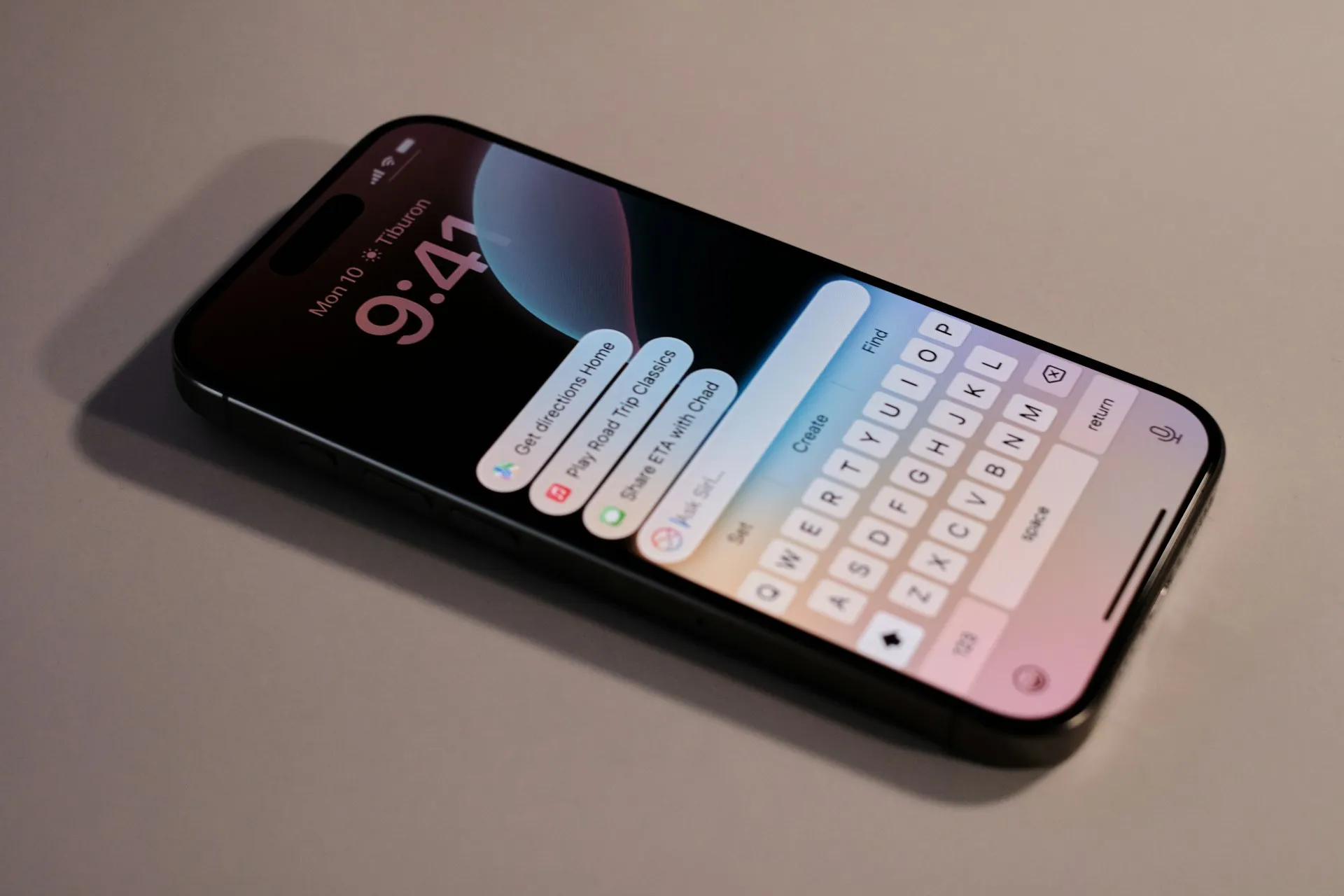

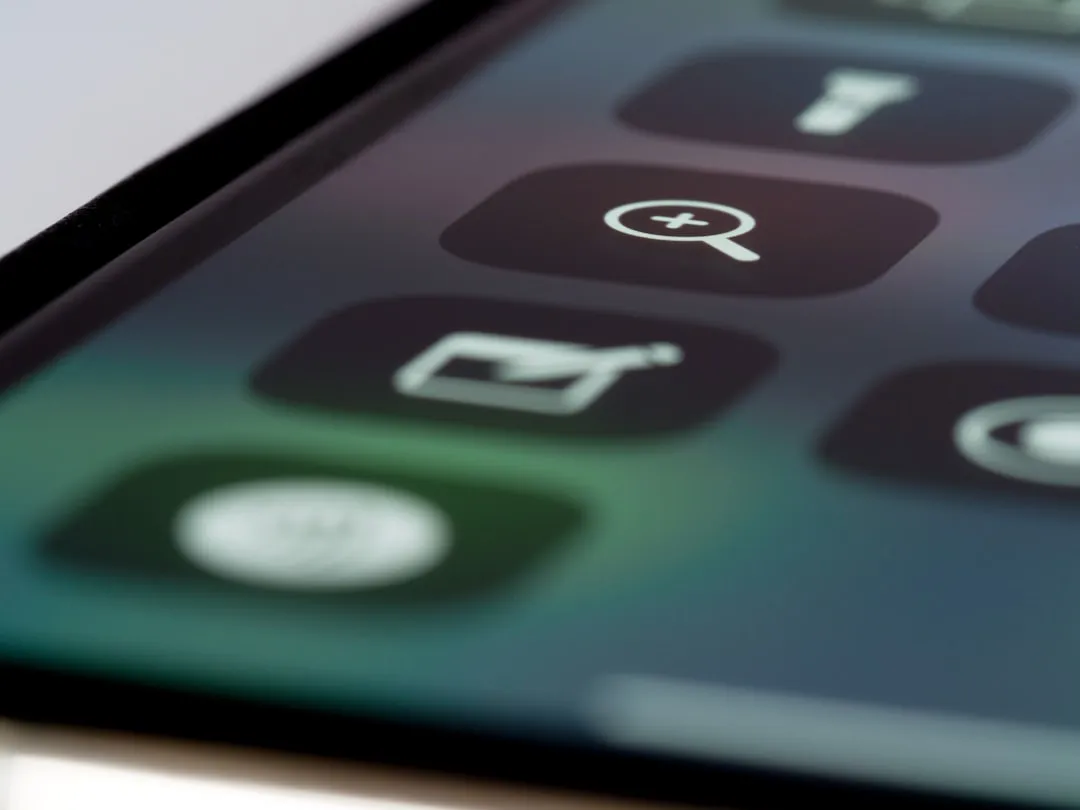
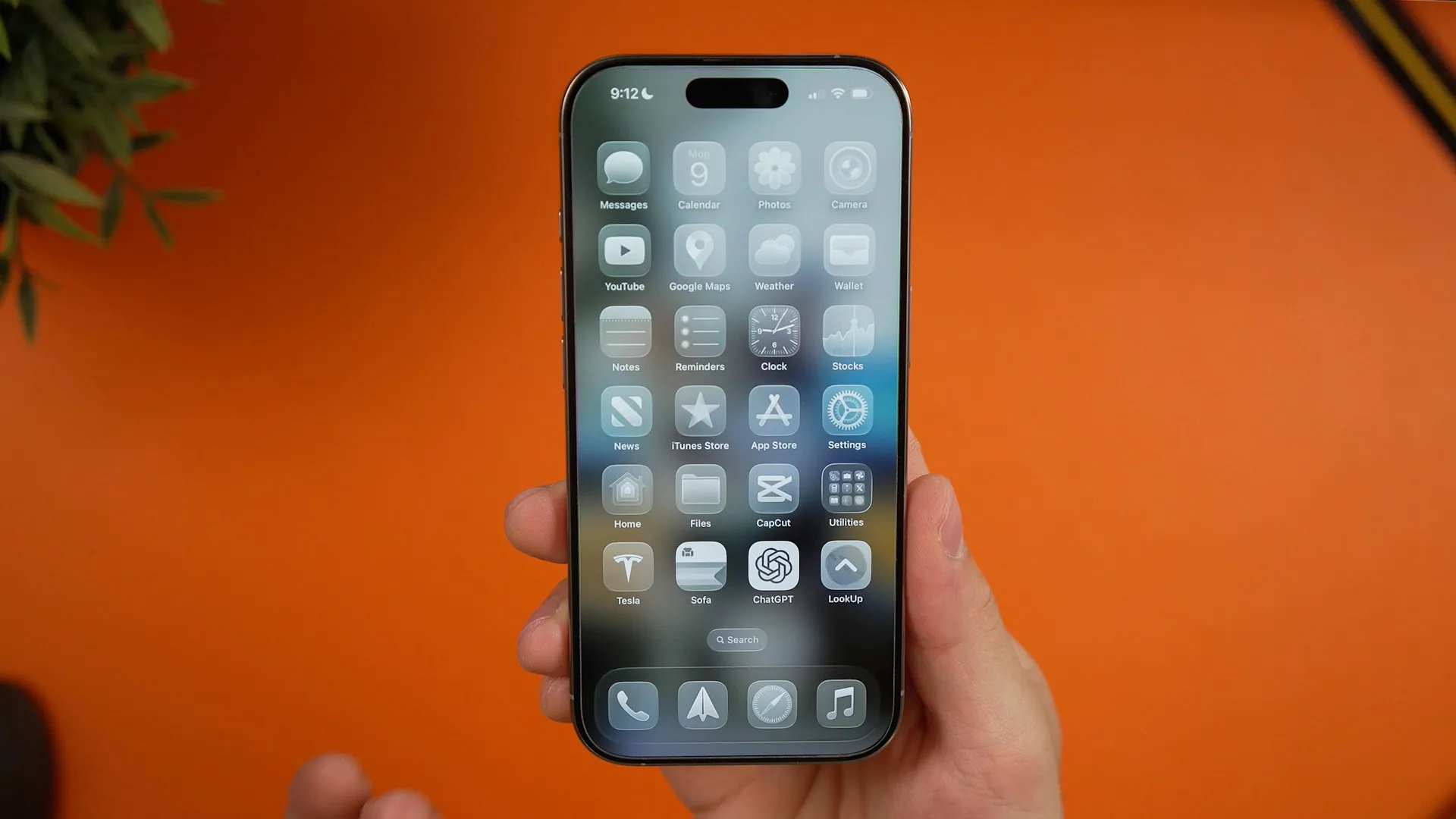
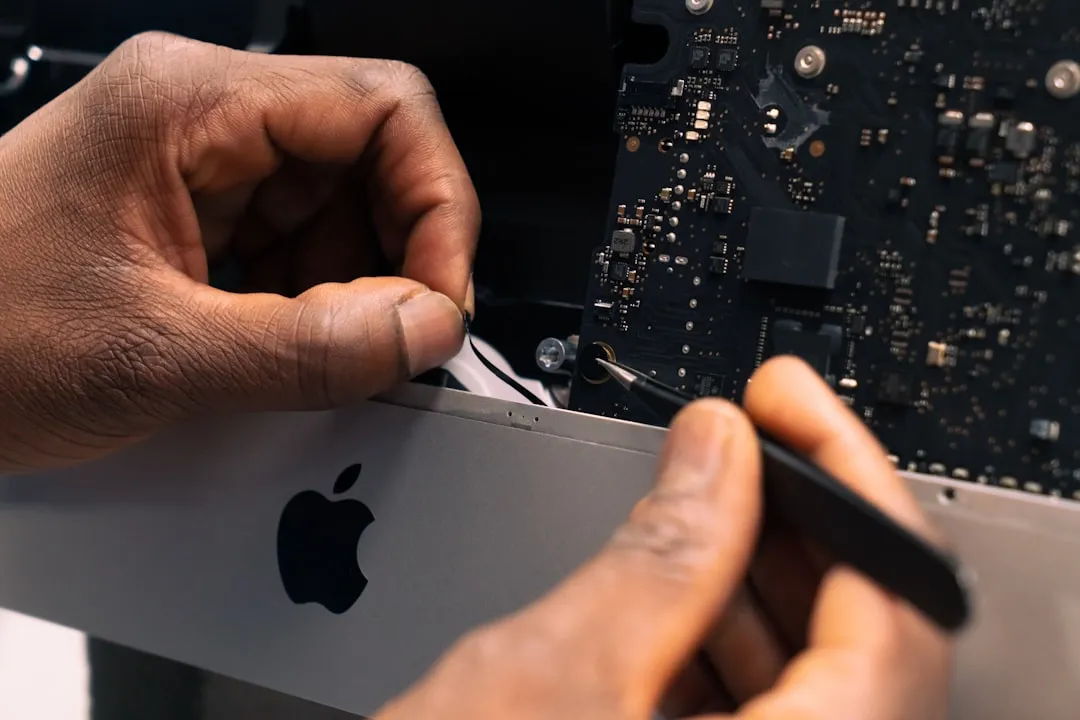
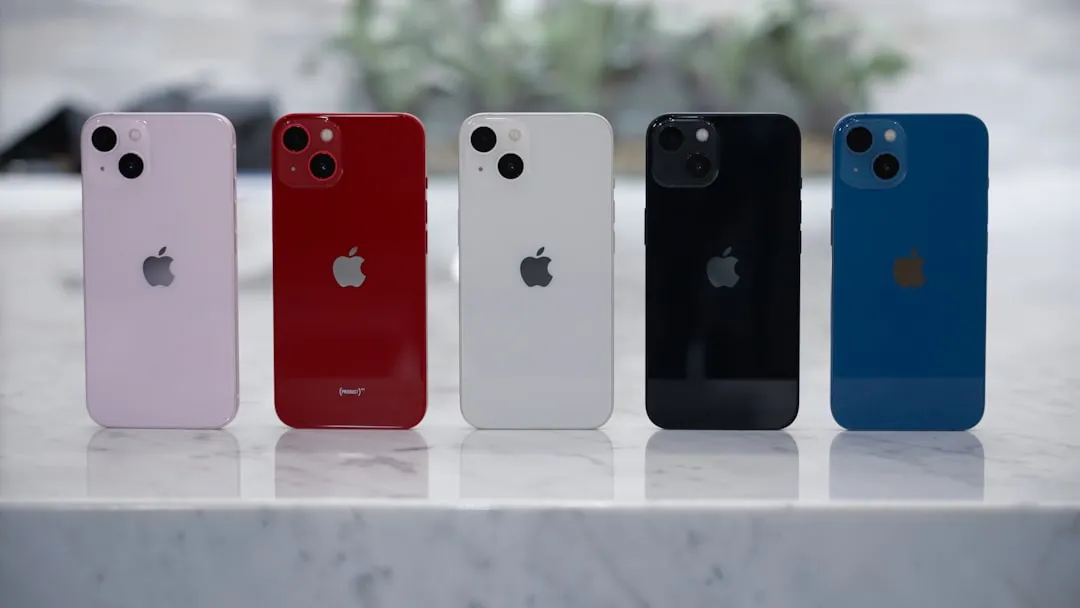
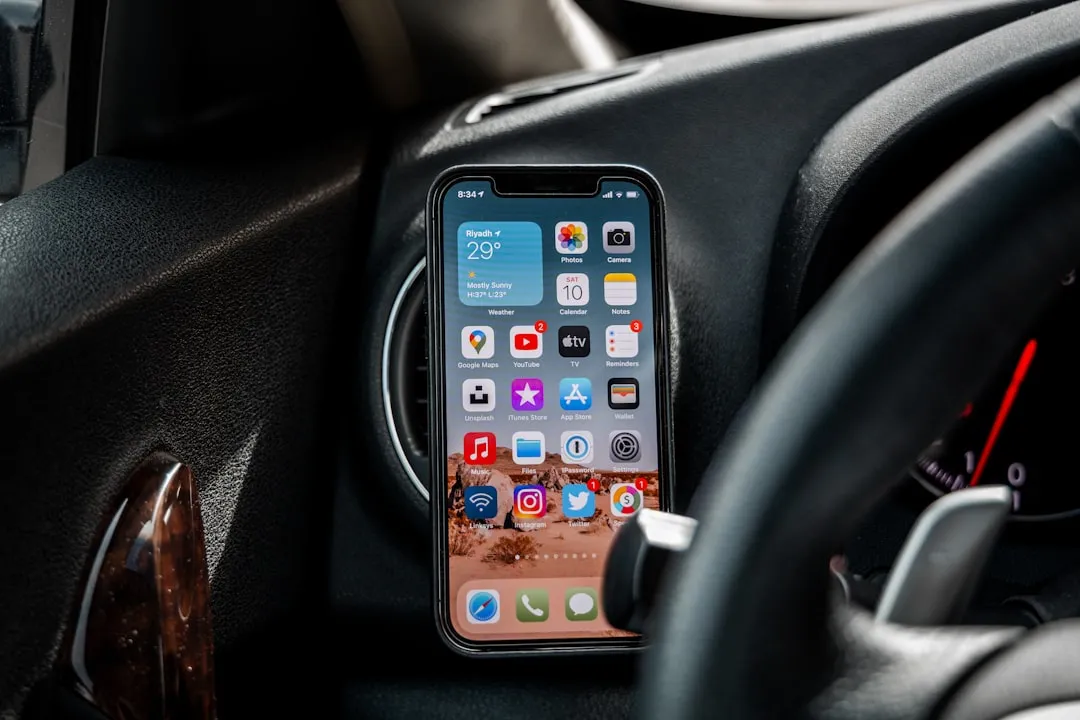


Comments
Be the first, drop a comment!